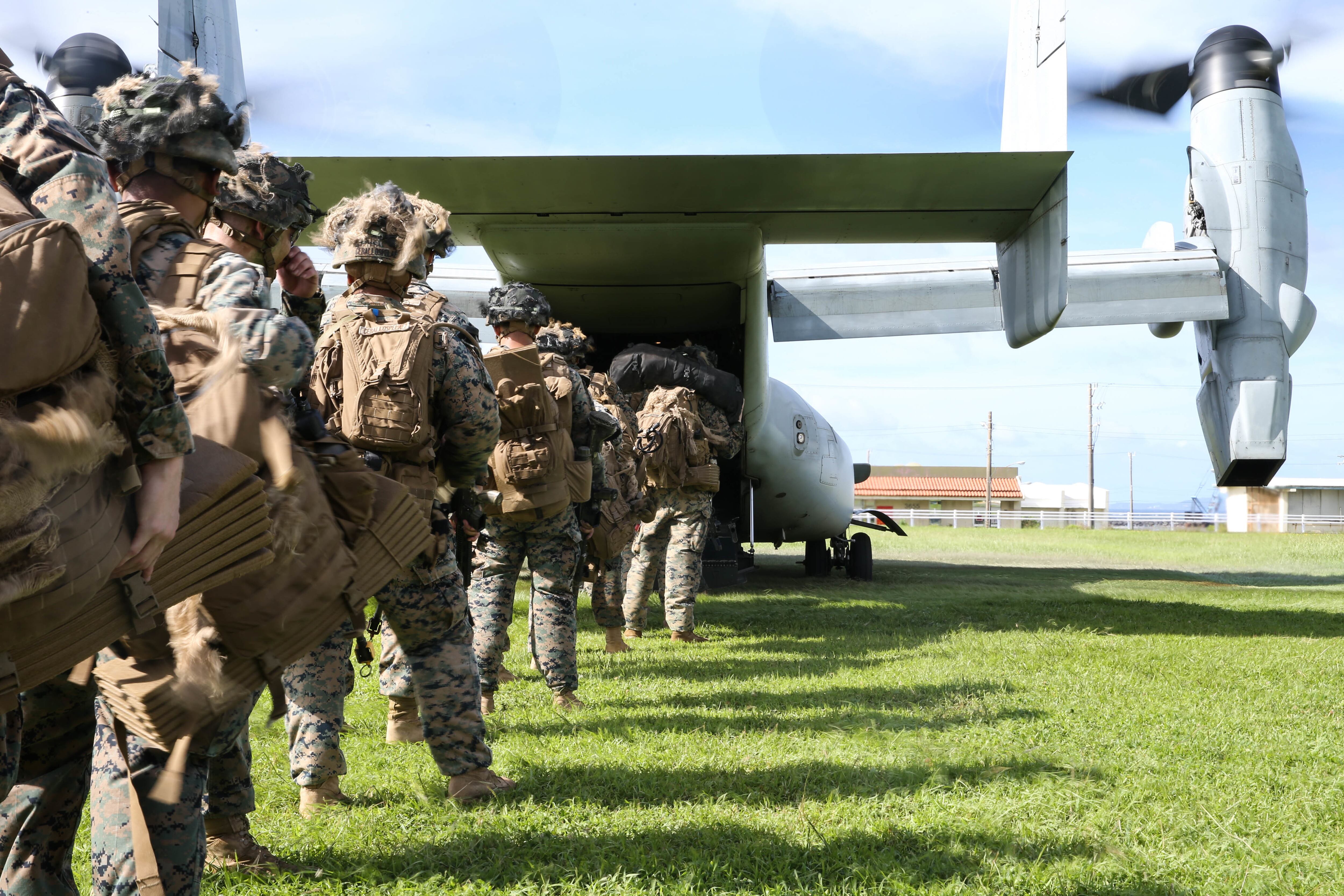The Marine Corps’ second round of changes to how it fights shows moves in command, aviation, logistics and ground combat and shifts that might see stateside Marine reservists operating drones for active units overseas, ditching weapons companies from infantry battalions, and a host of other moves.
Those are some highlights of what Marine Corps leaders unveiled recently to media with a Force Design 2030 annual update.
The service’s first announcement in 2020 made sweeping changes that included shedding tanks from the ranks, swapping loads of conventional artillery for rockets and reducing the overall manpower from its 2020 level of 186,000 to 174,000 by 2030.
In the 2021 update, the Corps reviewed decisions leadership already has made, laid out next steps and hinted at adjustments that could have impact on forces large and small.
RELATED

And whatever choices they make, it appears that leaders don’t intend to look back.
“We will succeed, and we will create irreversible momentum with our modernization efforts over the next 24 months,” Commandant Gen. David Berger wrote in the document’s introduction.
The update also may have finally answered lingering questions as to how the Marine Corps will replace its aging light armored vehicle, used primarily for manned, mobile reconnaissance.
The document specifics that Marines have “invalidated the requirement to replace existing LAV-25s with a similar armored, wheeled or tracked manned vehicle in a one-for-one ratio.”
Over the past two years, combined efforts with the Office of Naval Research and the Marine Corps Land Systems office were evaluating a vehicle replacement for the LAV. But Berger had said publicly that an armored ground vehicle might not fit into the small team, island-hopping strategy that the Corps is pursuing.
In a phone interview with various media outlets, Lt. Gen. Eric Smith, deputy commandant for Combat Development and Integration, said that the Corps is looking at capabilities, not platforms, for whatever comes after the LAV.
“What it will be replaced with is not necessarily another vehicle,” Smith said. “It could be, but the capability is to also control air and ground robotics and provide reconnaissance.”
Brig. Gen. Ben Watson, head of the Marine Corps Warfighting Lab, added that some of what comes next with an LAV replacement will come out of war gaming and experimentation, for both reconnaissance and counter-reconnaissance.
Another experiment, the Infantry Battalion Experiment 2030, will take one battalion from each active duty division to run different configurations of forces.
A change being evaluated is to shift to an “arms room” concept. That would mean getting rid of weapons company within the battalion and pushing those weapons such as 81 mm mortars and Javelin missiles to either the headquarters or rifle companies.
That would mean Marines ready to fall in on any weapon system, from machine guns to mortars or missiles, when they arrive at the battalion from the School of Infantry.
That’s partly begun, as Training and Education Command adjust the curriculum at the two SOIs, according to the document.
Major moves on the aviation side have already been announced, such as trimming the number of light, heavy and tilt-rotor helicopter squadrons and moving toward a 40 percent crewed and 60 percent uncrewed aircraft composition.
But leaders are also looking at how they can operate some of those uncrewed drones. And they’re looking to their reservists to help out.
They’re looking at two models to use reservists.
One would take a traditional approach, where 4th Marine Air Wing would operate and maintain the drones with active duty and active reservists doing the work. That would mean reservists drone pilots supporting active duty training and missions in U.S. Northern Command.
Another would mirror the Air National Guard, which would have Marine reservist drone pilots flying drones globally in support of active duty missions.
“Either model would provide our reserve pilots with the opportunity to become significant contributors to our daily operations,” according to the document.
That proposal would see mission control elements established in Alaska and Michigan or in areas with known pilot densities, such as Dallas, San Diego, Honolulu, Atlanta or Washington D.C., according to the document.
Summary of current, major changes:
Command Element
• Established the Marine Forces Space component command.
• Continued divestment of active duty law enforcement, keeping a single law enforcement battalion in the Marine Corps Reserve.
• Examined a Marine Information Group redesign to support the Marine Expeditionary Force.
Ground Combat Element
• Infantry Battalion Experiment 2030 preparations that will experiment with one battalion for each of the three active duty divisions over the next two years.
• Organic precision fires for infantry battalions, which will include loitering munitions.
• Started enhanced infantry training program.
• Preparing to shed three active duty and two reserve infantry battalions.
• Began elimination of two Assault Amphibian companies
• Started fielding Amphibious Combat Vehicle
• Decided not to replace the Light Armored Vehicle with a similar armored, wheeled or tracked manned vehicle. Examining options to convert light armored reconnaissance capabilities to a “more broadly capable Mobile Reconnaissance.”
Aviation Combat Element
• Started shedding all RQ-21 aircraft and introduced MQ-9A and VBat Unmanned Aerial Systems for additional experimentation.
• Started divestment of two Medium Tilt-Rotor Squadrons, planning to being a third in 2021; two Helicopter Marine Light Attack squadrons; 2.75 Heavy Marine Helicopter Squadrons.
Logistics Combat Element
• Finished divestment of all heavy bridging capabilities.
• Examined options for LCE capability/capacity redesign.
• Began studies and analysis for creating unmanned logistics
Todd South has written about crime, courts, government and the military for multiple publications since 2004 and was named a 2014 Pulitzer finalist for a co-written project on witness intimidation. Todd is a Marine veteran of the Iraq War.





